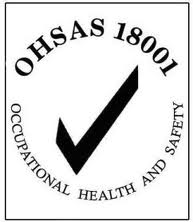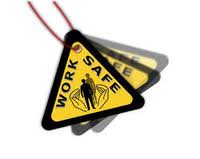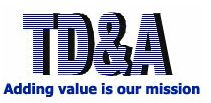 OHSAS 18000 is an international occupational health and safety management system specification, created via a concerted effort from a number of the worlds leading national standards bodies, certification bodies, and specialist consultancies. It is intended to help organizations to control occupational health and safety risks and applicable to all organizations regardless of type, size and product provided.
OHSAS 18000 is an international occupational health and safety management system specification, created via a concerted effort from a number of the worlds leading national standards bodies, certification bodies, and specialist consultancies. It is intended to help organizations to control occupational health and safety risks and applicable to all organizations regardless of type, size and product provided.
Who needs OHSAS 18000?
- Organizations want to:
- Establish an OH&S management system to eliminate or minimize risk to employees and other interested parties who may be exposed to OH&S risks associated with its activities,
- Self demonstrate the compliance with occupational health and safety policies,
- Demonstrate this compliance to other interested parties,
- Be certified by a third party for the occupational health and safety management system.
Why apply OHSAS 18000?
- Market pressure:
- Required by the organization’s customers,

- Required by Occupational health and safety authority,
- Needs for improvement of economic effectiveness of occupational health and safety activities to create and maintain competitive advantage,
- Needs for preparation and adaptation to global integration trend.
- Required by the organization’s customers,
- Pressure from owners, shareholders:
- Want to ensure that their investment is “clean” and “healthy” in term of occupational health and safety,
- Want to improve the organization’s image to customers and interested parties.
- Pressure from staff:
- Needs for a safe working environment,
- Needs for ensuring a good future for their own health and those of their families.
What are benefits?
- Marketing:
- Improved image of the organization to customers,
- Enhanced competitiveness through improved economic effectiveness of occupational health and safety activities,
- Sustainable development through satisfying Occupational health and safety authority and staff.
- Improved chance for export and penetration into international markets where OHSAS compliance is a must,
- Reduce the necessity for audits and inspection from Occupational health and safety authority.
- Finance:
- Avoid penalties and fines for legal non-compliances,
- Higher usage of workforce due to fewer on the job injuries and work related health problems,
- Reduced costs on worker compensation scheme,
- Minimized losses in case of incidence and emergency.
- Risk management:
- Good risk prevention and minimizing losses,
- Possible reduction in insurance premium,
- Facilitating insurance claim and loss adjustment process.
- Enabling and facilitating certification, accreditation and recognition activities to:
- Be assured by third party certification,
- Overcome technical barriers to trade,
- Create means for advertising.
